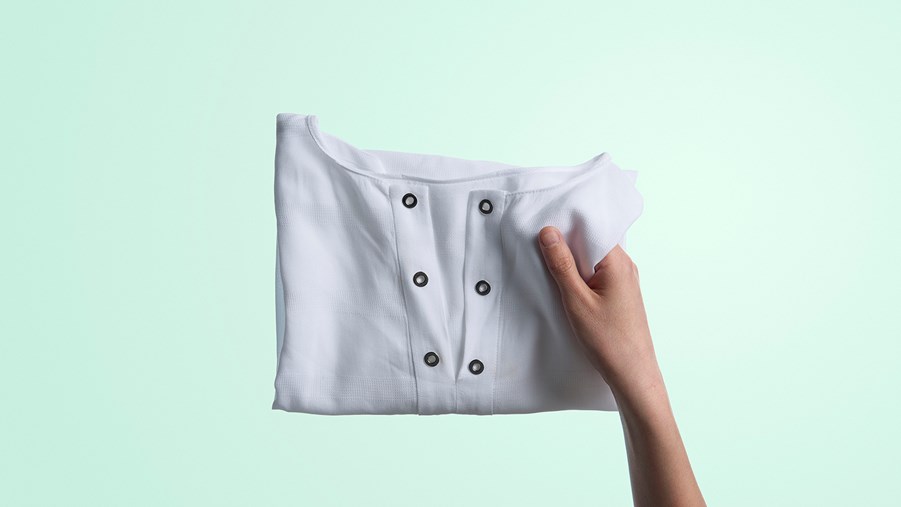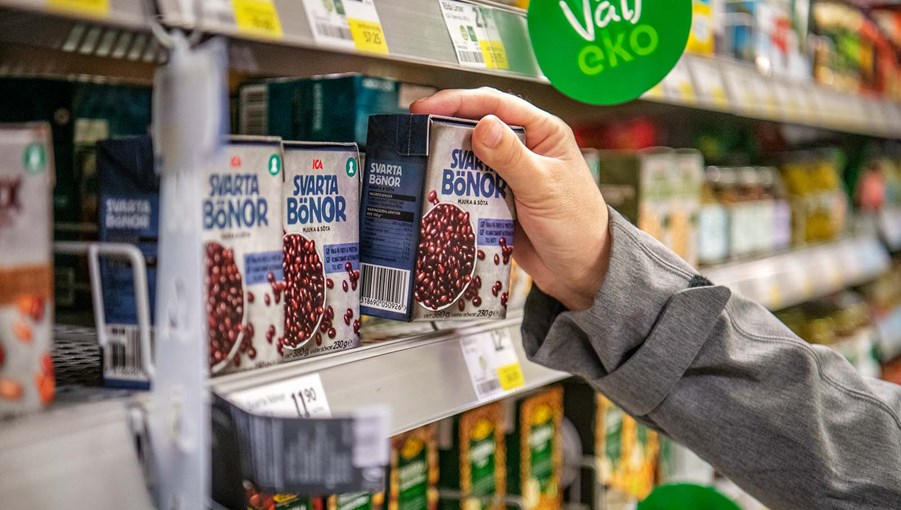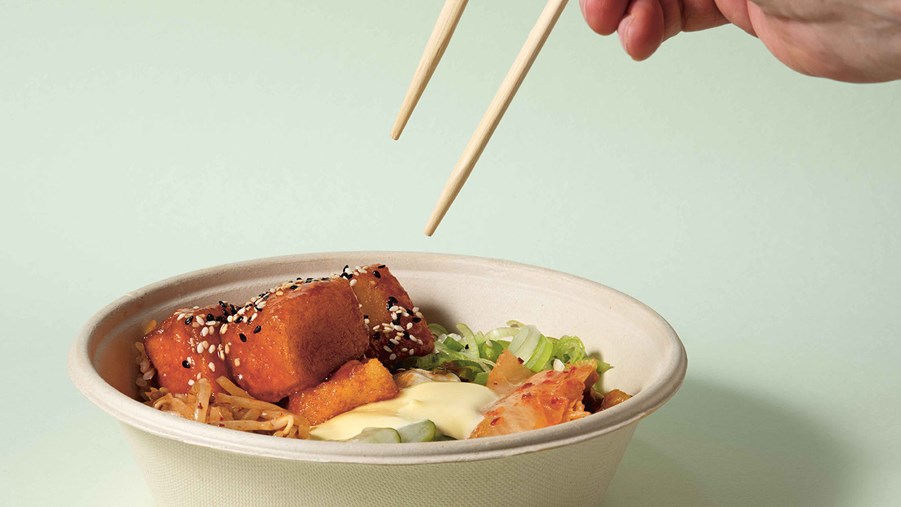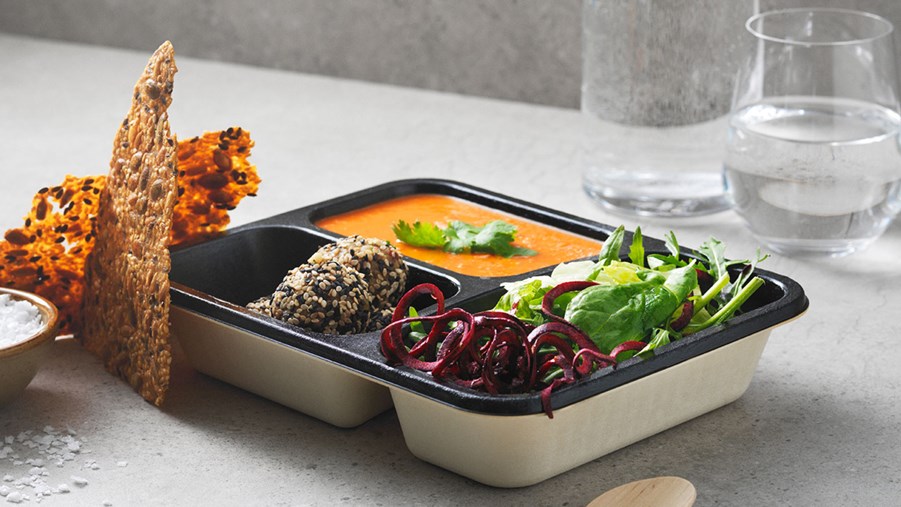
Pulp is the raw material that we depend on for a wide variety of everyday products such as liquid packaging board and writing paper. Sweden manufactures four types of pulp: mechanical pulp, chemical pulp, recycled fibre, and dissolving pulp. Up to 70 per cent of pulp made in Sweden is produced at integrated pulp and paper mills that use pulp for their own production of paper and cardboard.
Mechanical pulp for liquid packaging board and hygiene paper products
Mechanical pulp has many applications, including newsprint and writing paper as well as certain types of cardboard such as liquid packaging board and hygiene paper products. It is produced by splitting wood and mechanically processing exposed fibres. Wood yield for pure mechanical pulp is almost 100 per cent. The most common wood raw material is spruce, although it is also possible to use pine and certain hardwoods. The production of mechanical pulp requires large amounts of electricity, although almost all energy used is converted into heat, which in turn can be used to dry finished paper, for example.
Chemical pulp for packaging material and writing paper
Chemical pulp is produced by boiling wood chip. Chemicals in the liquid dissolve lignin in wood, exposing fibres. Chemical pulp creates stronger paper than mechanical pulp. The pulp can be bleached while retaining its strength and then acquires properties suitable for printing. It is therefore often used for writing and printing paper as well as packaging material and tissue paper. The type of wood used also affects the properties of the paper it produces. Softwood is long-grained and produces strong paper. Hardwood has shorter fibres and produces paper with good printing properties. Examples of chemical masses include sulphate mass and sulphite mass.

Cardboard food packaging is made from renewable wood raw materials in manufacturing processes that are 95 per cent fossil-free.
Recycled fibres for thinner paper grades
Recycled fibres consist of recovered paper of various quality, which are first sorted and purified of unwanted materials. For some products, it is necessary to first remove printing ink before new paper can be made from it. Recycled fibres are used for the production of newsprint, tissue paper and certain types of cardboard.
Newsprint is mainly made from recycled fibre. Writing and printing paper is made from virgin fibre and can be either coated or uncoated. Coated paper is treated with filler to improve its printing properties. Common fillers include clay or lime pigments. Paper produced in Sweden can be divided into graphic paper, cardboard, and tissue paper. Graphic paper is divided into newsprint and writing and printing paper.
15 per cent recycled fibres
Different types of paper pulp are blended to produce paper and cardboard and create products with a variety of properties. Mainly virgin fibre is used in Swedish production because most wood products produced in Sweden are exported and recycled in other countries. About 15 per cent of total fibre consumption in paper manufacturing in Sweden consists of recycled fibres.
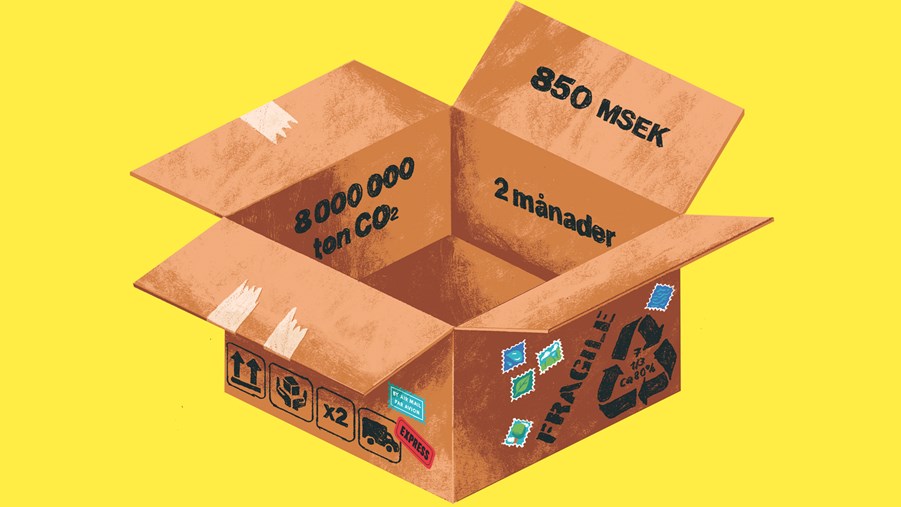
Cardboard is a climate-smart choice in many ways. Today, around 80 per cent of all paper packaging in the EU is recycled, a positive development as paper fibre can be reused up to seven times before it wears out. (länk lear more about how cardboard is a climate-smart packaging material)
The difference between paper and carboard
The step from paper to cardboard is not a big one. There are no generally accepted definitions on how cardboard paper differs from standard paper. There are, however, two criteria that apply in most cases:
- surface weight is typically higher than 150 g/m2
- most cardboard products are composed of different layers
Cardboard is divided into three main categories:
- cardboard
- packaging
- special cardboard
Mechanical and chemical fibres in cardboard
Two types of fibres are used in paperboard: chemically and mechanically treated fibres. Mechanical fibres are short and produce a board that is robust and has a high bulk. Bulk means that the cardboard contains a lot of air and is therefore not especially fibre-tight. Chemical fibres are long and flexible and create board that is strong and compact.
